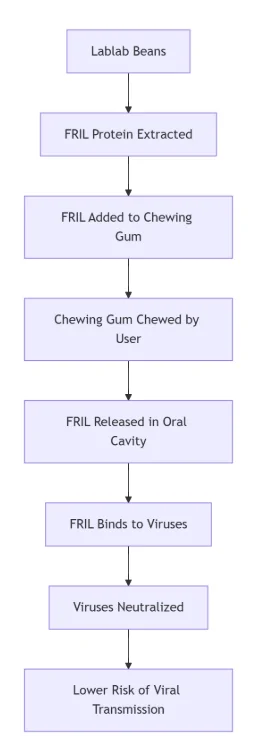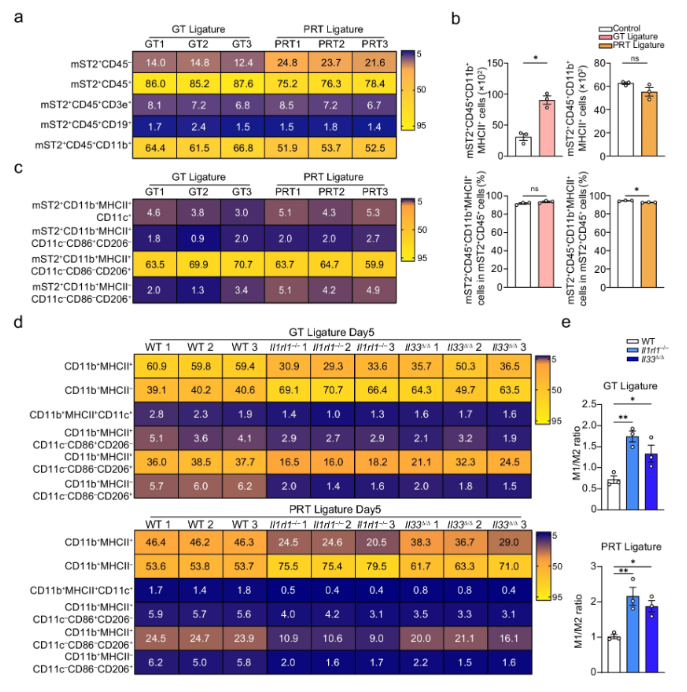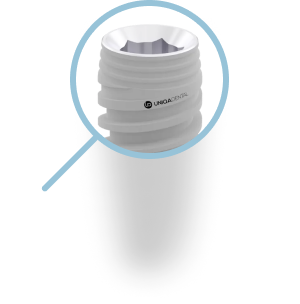Antiviral Chewing Gum: A Novel Approach to Combat Influenza and Herpes Transmission
Antiviral Chewing Gum: A Novel Approach to Combat Influenza and Herpes Transmission
In the ongoing fight against viral infections, researchers at the University of Pennsylvania have developed an innovative solution: an antiviral chewing gum designed to reduce transmission of influenza and herpes simplex viruses. The antiviral properties have FRIL trap protein derived from lablab beans. Notably, there is no herpes vaccine at all, and voluntary influenza vaccination rates are far below what is needed to fully counter seasonal outbreaks. Mouth-to-mouth transmission of viral load is the main transmission route, so the chewing gum solution is a promising addition to existing preventive measures.
Key Findings
- Significant Viral Load Reduction: The chewing gum, formulated with lablab bean-derived FRIL protein, achieved over 95% reduction in viral loads of HSV-1, HSV-2, H1N1, and H3N2 strains in experimental models.
- Clinical-Grade Safety: The gum was prepared to meet FDA specifications, ensuring its safety for potential human use. Especially since FRIL protein is very stable and remains fully functional in the chewing gum composition for 790 days.
- Broad-Spectrum Potential: Beyond influenza and herpes, the gum’s active ingredient shows efficacy against other viruses, including SARS-CoV-2 and avian influenza strains.
Mechanisms & Biological Pathways
The gum’s antiviral properties stem from the FRIL protein, a lectin found in lablab beans. Lectins bind to specific sugar molecules on viral surfaces, effectively neutralizing them and preventing their attachment to host cells. By delivering FRIL directly to the oral cavity, the gum intercepts viruses at a critical entry point, reducing the likelihood of infection and transmission.
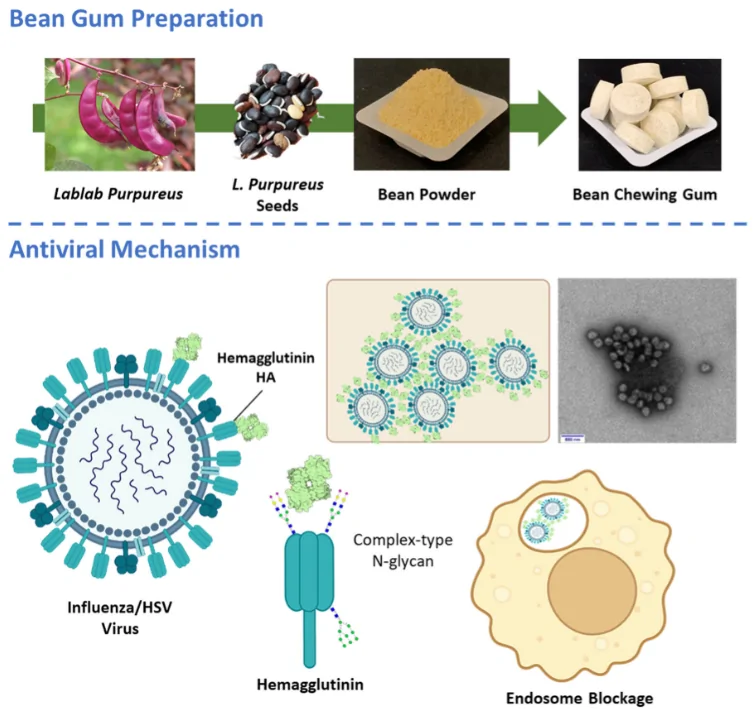
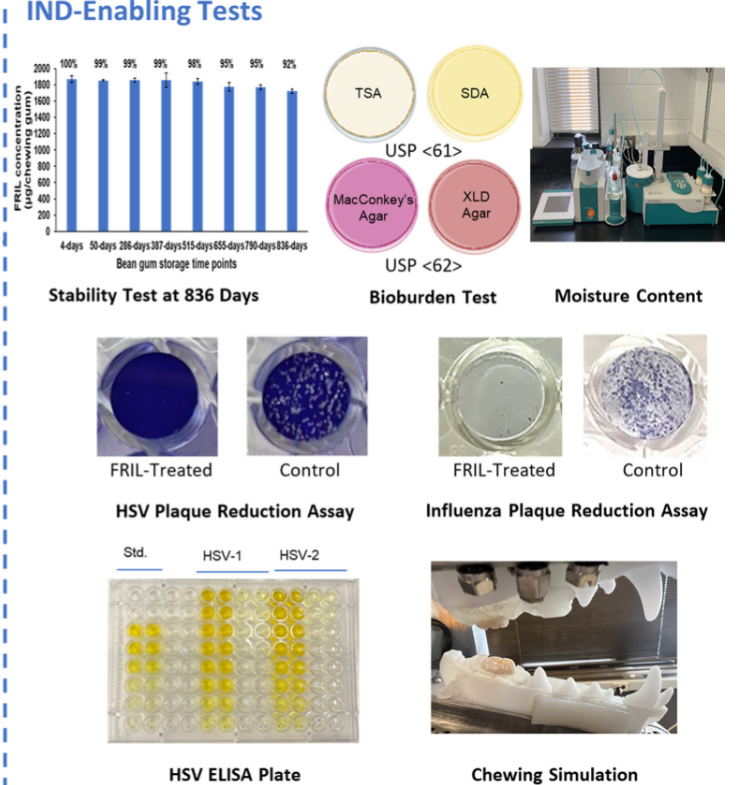
Principle of obtaining bean gum for chewing gum and verification of antiviral properties Molecular Therapy\ Henry Daniell\ p184-200 January 08, 2025
Implications for Professionals
- Dental and Medical Integration: This gum could serve as a preventive tool in dental practices and healthcare settings, especially during viral outbreaks.
- Public Health Strategy: In areas with low vaccination rates or during vaccine shortages, the gum offers an accessible method to curb viral spread.
- Further Research: Clinical trials are necessary to confirm efficacy in humans and explore applications against other oral-transmitted viruses.
Data Visualization
Conclusion
The development of an antiviral chewing gum represents a significant advancement in preventive healthcare. By targeting the oral cavity, this approach offers a novel method to reduce the transmission of common and potentially severe viruses. As research progresses, this gum could become a valuable tool in global efforts to control viral infections.
Study Overview
- Institution: University of Pennsylvania School of Dental Medicine
- Collaborators: Researchers from Finland’s Natural Resources Institute and University of Finland
- Methodology: Experimental models tested the gum’s efficacy against various virus strains, measuring viral load reductions.
- Publication: Findings published in the journal Molecular Therapy.
FAQs
1. How does the antiviral chewing gum work?
The gum releases FRIL protein in the mouth, which binds to viruses like HSV and influenza, neutralizing them and preventing infection.
2. Is the gum safe for daily use?
Yes, it has been prepared to meet FDA clinical-grade standards, indicating its safety for human use.
3. Can this gum replace vaccines?
No, it’s intended as a supplementary measure to reduce transmission, not as a vaccine replacement.
4. Where can I get this gum?
Currently, it’s undergoing clinical trials and is not yet available for public use.
5. Does it work against other viruses?
Preliminary studies suggest efficacy against SARS-CoV-2 and avian influenza strains, indicating broad-spectrum potential.
Sources
- ScienceDaily – An antiviral chewing gum to reduce influenza and herpes simplex virus transmission – April 4. 2025
- Molecular Therapy – Debulking influenza and herpes simplex virus strains by a wide-spectrum anti-viral protein formulated in clinical grade chewing gum – January 08. 2025

